5 Tech Tools That Make Home Renovation Simple (Even for DIY Beginners)
Difficulty: Novice
Time: Variable (planning phase)
Cost: Free to $100 for essential tools
You know those home improvement shows where everything looks effortless and perfectly planned? Technology has finally caught up to make that smooth renovation experience accessible to regular DIY enthusiasts. The smart home market keeps ballooning, with projections showing over $170 billion in global value this year. Modern AI-powered tools now cut renovation planning time significantly while improving accuracy, putting professional-grade results within reach of anyone willing to learn.
Where we used to rely on guesswork and expensive consultants, we now have sophisticated planning tools that fit in our pockets. Here are five game-changing ways tech can simplify your next project. Try a couple, then add more as you go. You will wonder how you ever managed without them.
Safety First
Download apps before you need them, test diagnostic and planning tools during normal operation for better baseline readings
Always verify measurements, use physical tools to confirm VR or AR measurements before making cuts or purchases
Start small, try free versions and basics before paying for premium features
Smart diagnostic apps: your pocket-sized expert technician
Remember when a weird furnace noise meant an expensive service call just to identify the problem? Smart diagnostic tools have become the equivalent of having an expert technician on standby, analyzing issues through your smartphone camera and offering immediate guidance. No jargon, no waiting room.
Companies like Augury and Neuron Soundware are pioneering acoustic monitoring technology that detects subtle sounds of impending mechanical failures long before human senses notice anything. This shift toward predictive maintenance fundamentally alters the home repair paradigm, instead of your water heater dying on a Sunday morning, these tools spot potential issues weeks or months in advance. By detecting problems before they manifest as failures, predictive maintenance extends equipment lifespan while reducing long-term costs.
Picture it, a soft rattle at 2 a.m., a quick scan, a clear action plan. That is the new normal.
Tip: Download diagnostic apps for your major appliances before you need them, they are most effective when they can establish baseline readings during normal operation.
AI-powered design tools that think like professionals
Interior design AI is no longer a toy. Nearly 65% of interior designers already integrate AI-powered tools into their workflows, and for good reason. These platforms analyze your style preferences, then generate tailored design suggestions within minutes. AI interior design tools can produce realistic space renderings in minutes compared to traditional approaches that eat weekends.
Modern platforms like InstantInterior AI generate multiple photorealistic design concepts complete with curated shopping lists. Tools like Planner 5D leverage machine learning to analyze room dimensions and recommend optimal furniture placement, while DecorMatters uses augmented reality and machine learning to provide personalized design suggestions.
The payoff shows up in the numbers. AI-driven recommendations in interior design have led to a 7.1-fold increase in conversion rates and 29% higher average order value. Why, exactly? Because AI tools handle time-intensive tasks like rendering creation and furniture layout optimization automatically, so you can focus on taste, not tedium.
Open the app, snap a photo, watch your room transform. It is oddly satisfying.
Virtual and augmented reality for mistake-proof planning
VR and AR let you test changes before you commit, which saves money and frustration. Approximately 70% of interior design professionals now regularly incorporate VR or AR in client presentations, a telling sign that these tools pull real weight. A multiplatform approach that combines web-based applications, mobile AR tools, and VR applications creates a unified service experience for end-to-end visualization.
Planning accuracy jumps fast. Participants reported high usability scores, with VR applications rated highest in usability, followed by AR and web interfaces. The learning curve flattens quickly too, time spent on tasks decreased over iterations, indicating improved ease of use as users get familiar with the tools.
Retailers are on board. Lowe's mobile app includes augmented reality features that help customers visualize home improvement projects, and AI enhances AR tools by providing accurate room measurements and object recognition. You can see how that kitchen island looks in your actual space before you swipe your card.
Safety Note: Always verify VR measurements with physical tools before making final cuts or purchases, technology assists but should not replace basic measuring practices.
Automated project management and cost estimation
Chaos in the calendar is what derails most renovations. AI-driven project management brings order. AI-driven budgeting tools can estimate project costs with high detail, integrating current material prices and labor rates, so you are not flying blind.
Tools like Magicplan now calculate room dimensions with 95% accuracy and detect furniture and fixtures automatically, adding them to plans. Cost forecasting is getting sharper too. AI tools like Magicplan and SmartDraw now forecast expenses with accuracy. Fewer nasty surprises, fewer mid-project panic buys.
Inventory and timing get smarter as well. AI-driven inventory systems predict material needs and track inventory levels in real time, which cuts shortages and waste. AI-driven project scheduling software can adjust timelines dynamically based on real-time data, so the schedule moves with you, not against you.
Smart home integration for long-term efficiency
Smart home tech pays dividends long after the paint dries. The rise of 5G networks provides faster, more reliable connectivity, supporting growing numbers of smart devices without major infrastructure changes. Universal device connectivity enabled by the Matter protocol helps different brands play nicely together.
It does not have to be pricey. Budget smart home tech refers to automation products designed to be affordable without sacrificing essential features, and manufacturers reducing costs due to increased competition and streamlined manufacturing makes entry easier.
Energy savings stack up. AI can model how changes in lighting, insulation, and HVAC impact energy consumption, a quiet way to trim utility bills month after month. AI-powered smart home systems optimize energy consumption by learning usage patterns, then adapt to your household's rhythms automatically.
Tip: Start with essential devices under $100 that offer strong value, smart plugs and switches upgrade existing appliances without full replacements.
Cleanup & Disposal
Store app login credentials securely for future access
Export project files as backups before major changes
Recycle paper plans where possible, many apps eliminate paper waste entirely
Troubleshooting
Problem: App measurements do not match physical measurements → Fix: Recalibrate with a known reference object and measure twice
Problem: AR features will not work → Fix: Ensure good lighting and a clean camera lens, try different surfaces for tracking
Problem: Design suggestions miss your style → Fix: Rate more examples to train the AI on your preferences
Variations & Upgrades
Free starter approach: Use basic versions of diagnostic and design apps before investing in premium features
Professional upgrade: Consider paid subscriptions for advanced features like detailed cost estimation and contractor networking
Integration focus: Choose tools that work together, many platforms now offer cross-compatibility
Your tech-enhanced renovation journey starts now
Technology has democratized professional-grade home improvement, making expert-level results achievable for dedicated DIYers. AI adoption in home design soared by 35% in 2024, with 62% of homeowners now using AI-driven apps for renovation planning. Studies show that integrating AI in architecture leads to a 15% increase in design innovation and 20% improvement in project efficiency.
Start small and build your tech toolkit gradually. Download a diagnostic app for your HVAC system, try a free AI design platform to reimagine your living room, then experiment with AR visualization before your next major project. The right mix of smart planning tools, predictive maintenance, and automated project management turns overwhelming renovations into manageable, even enjoyable work that delivers professional results on a DIY budget. Ready to swing the first digital hammer?




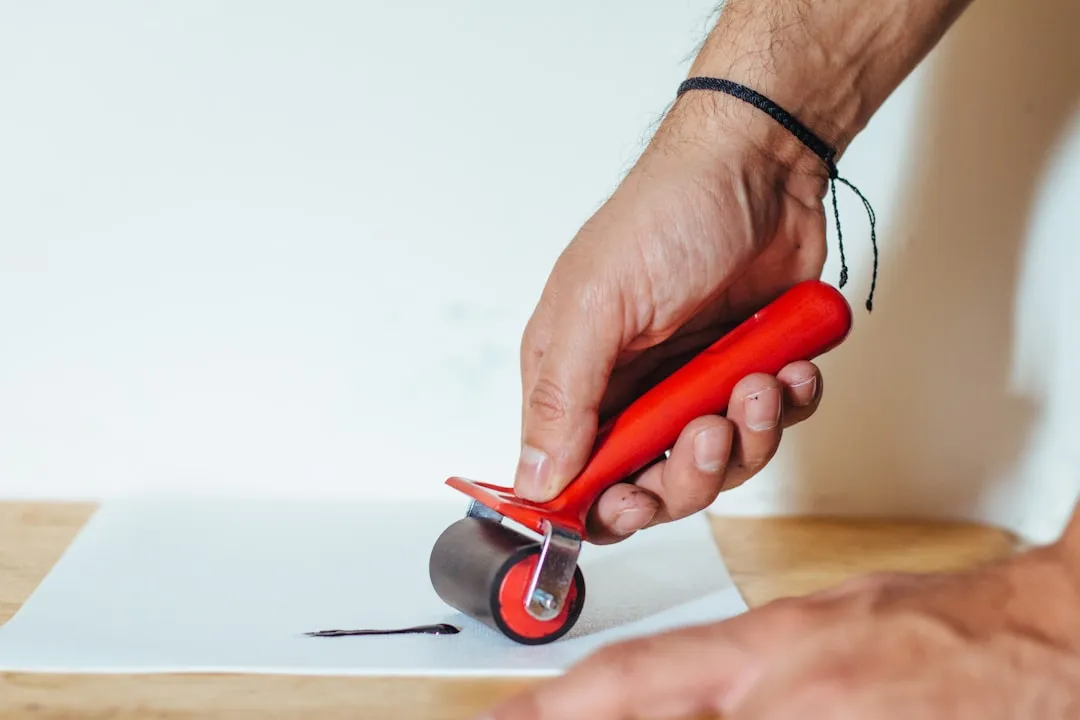


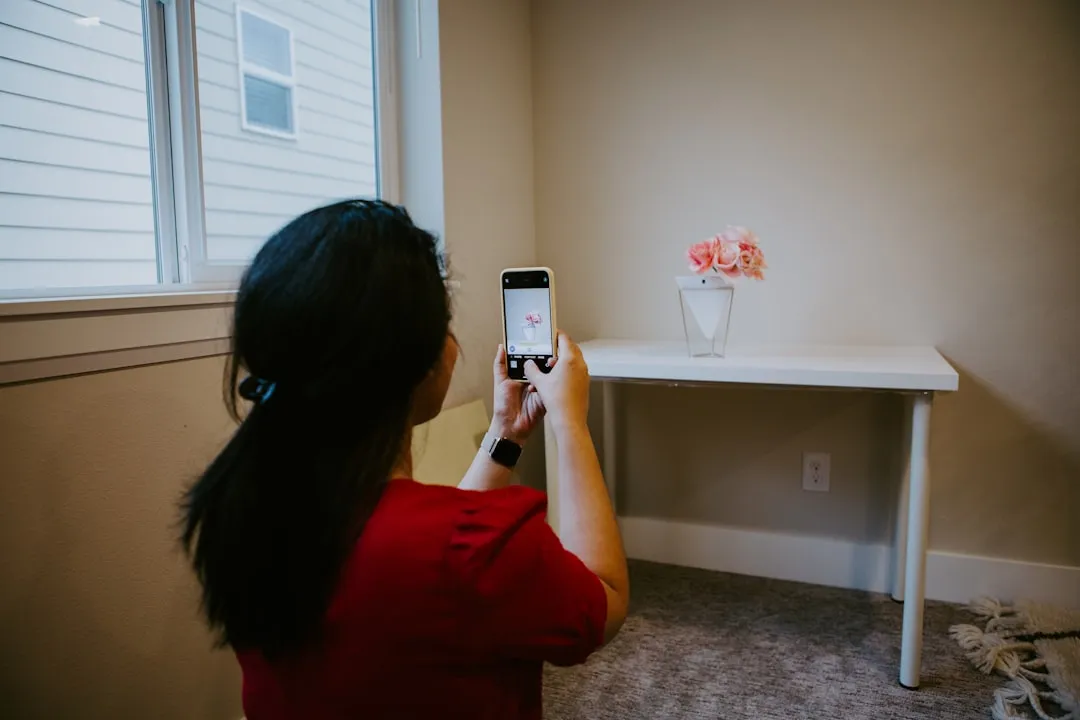
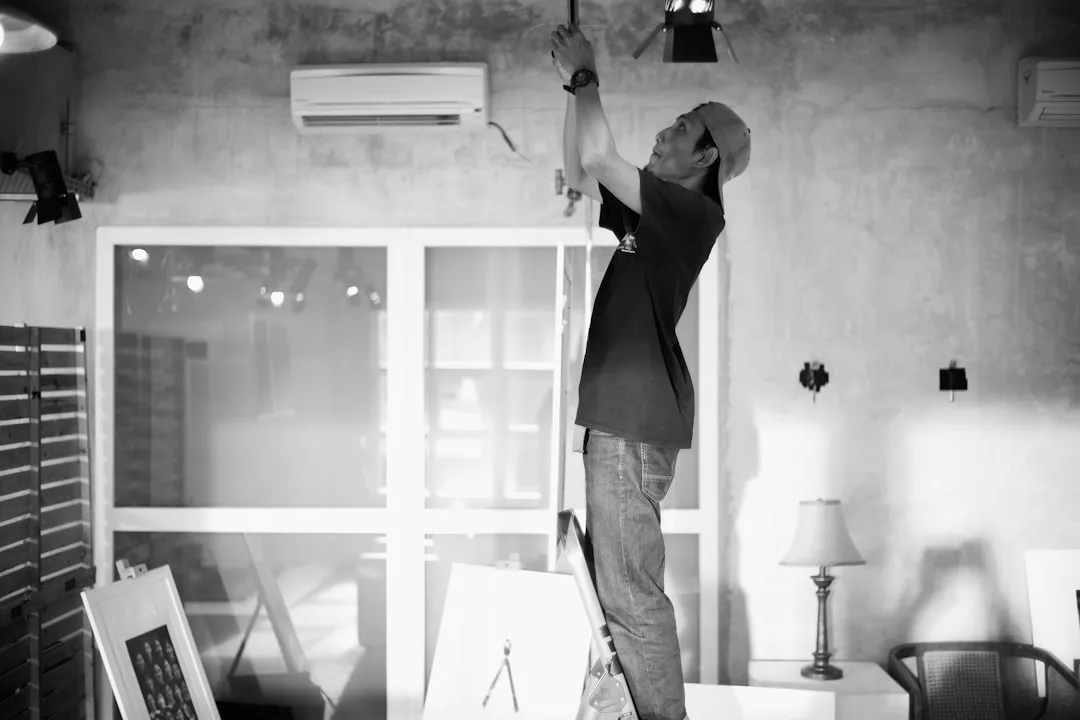

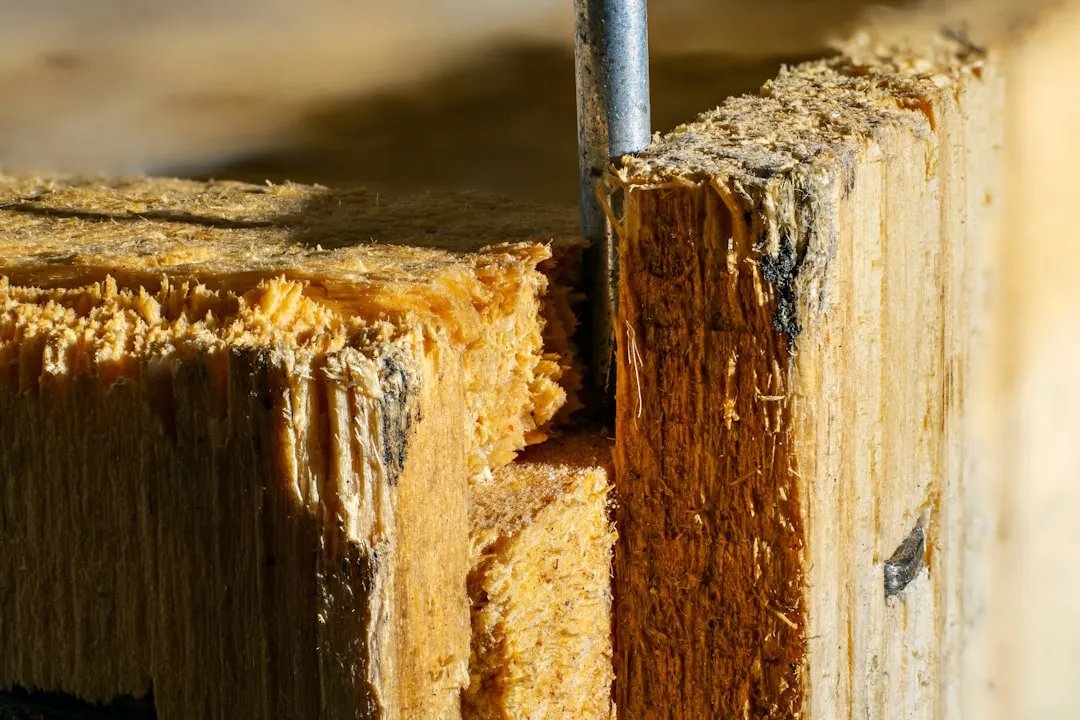



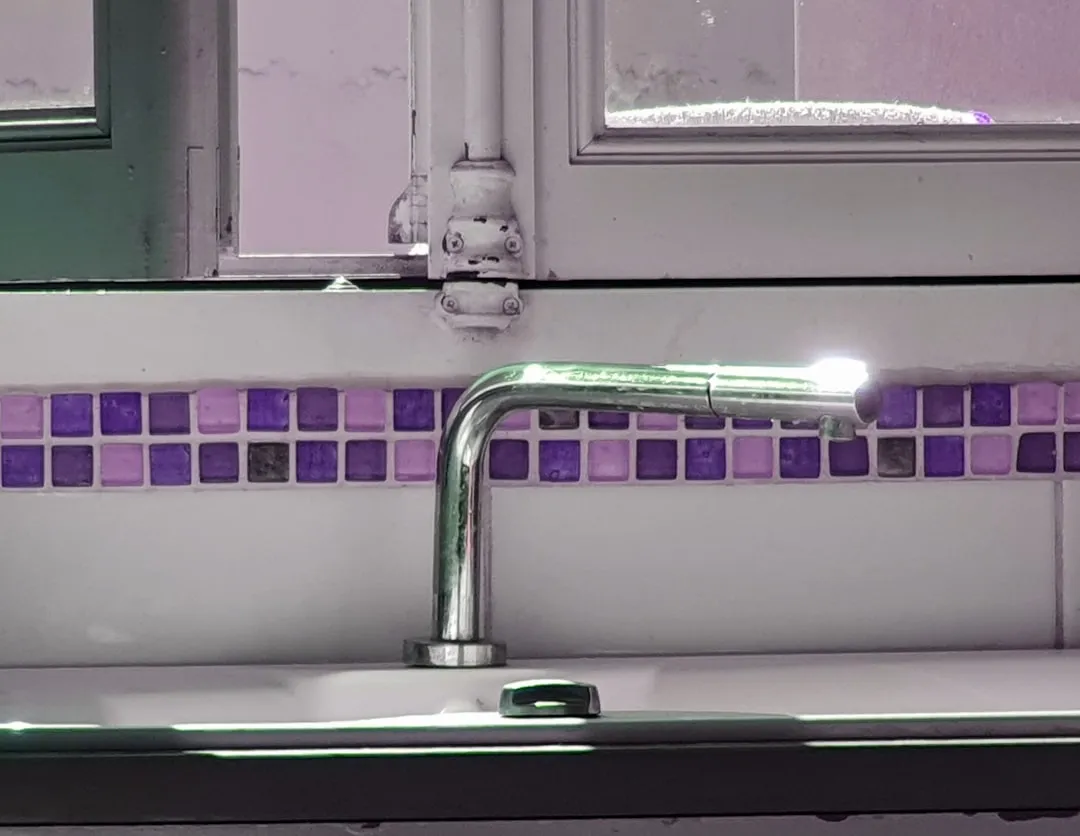
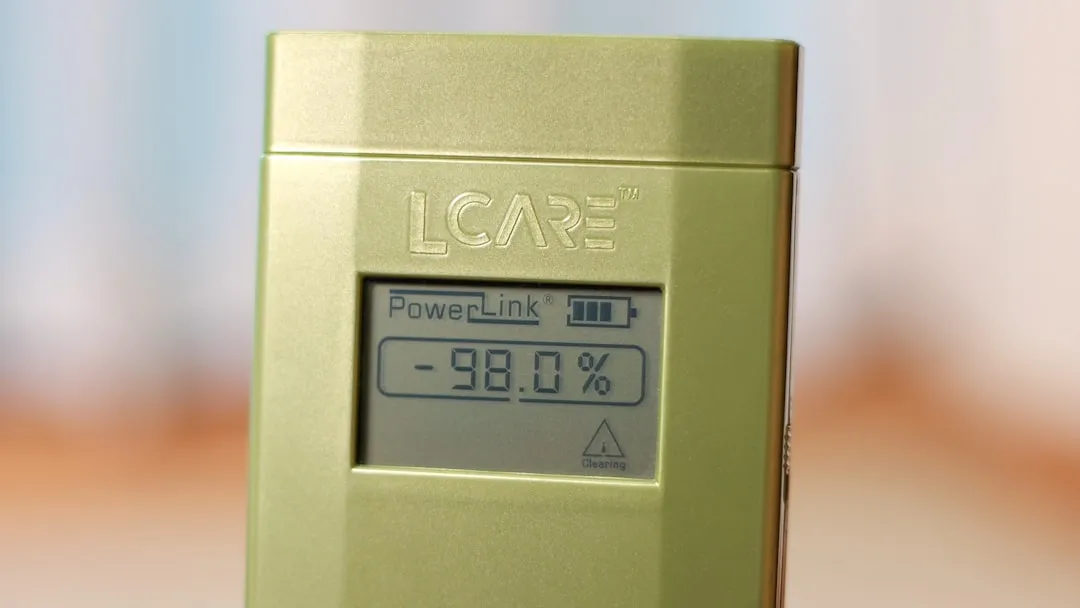
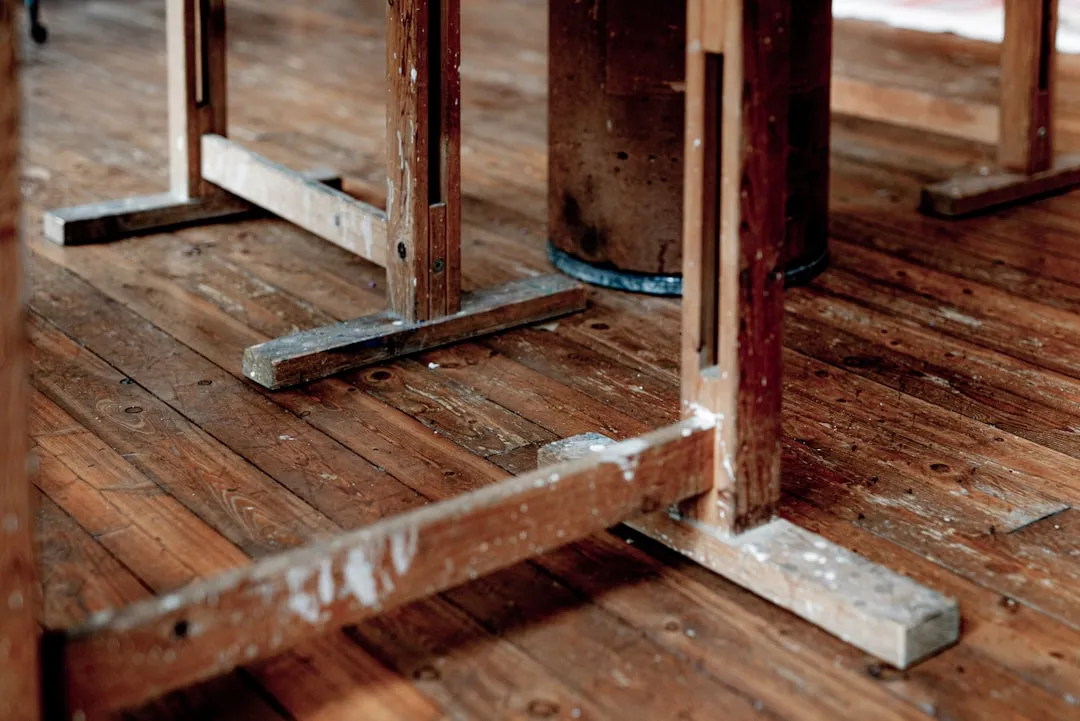


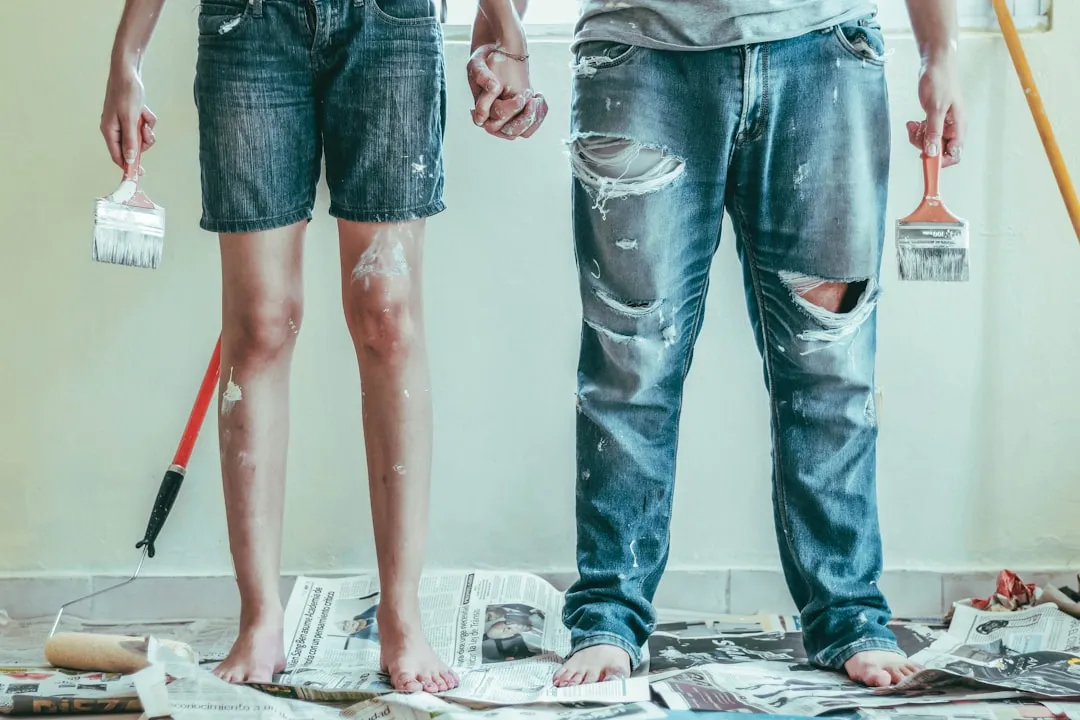
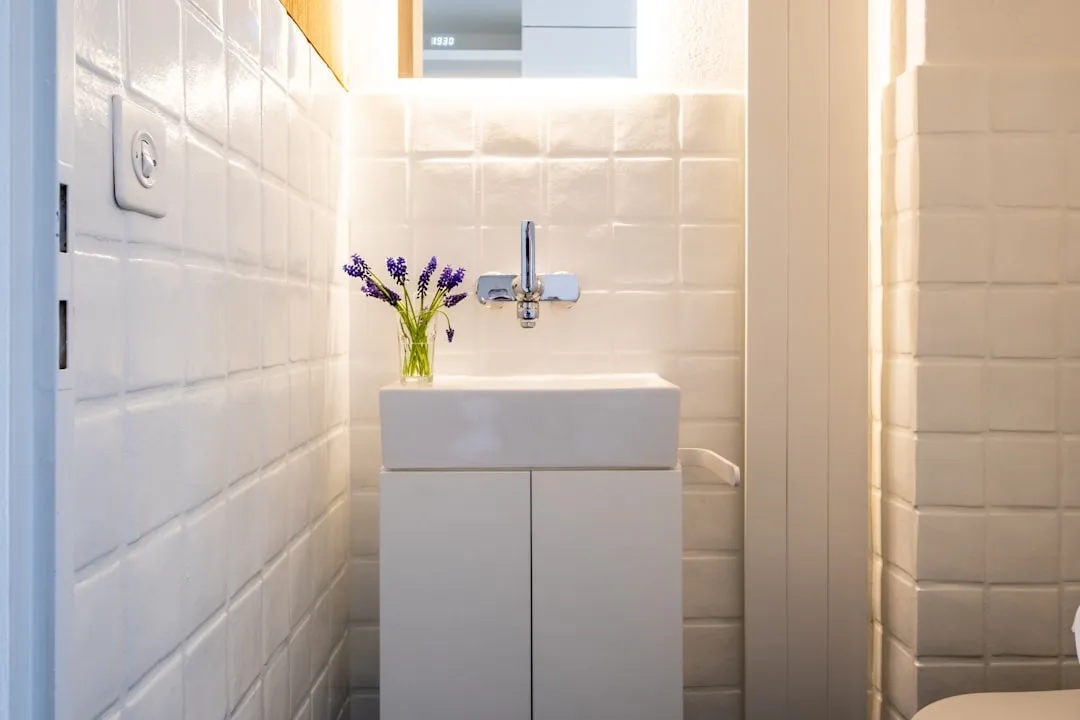



Comments
Be the first, drop a comment!